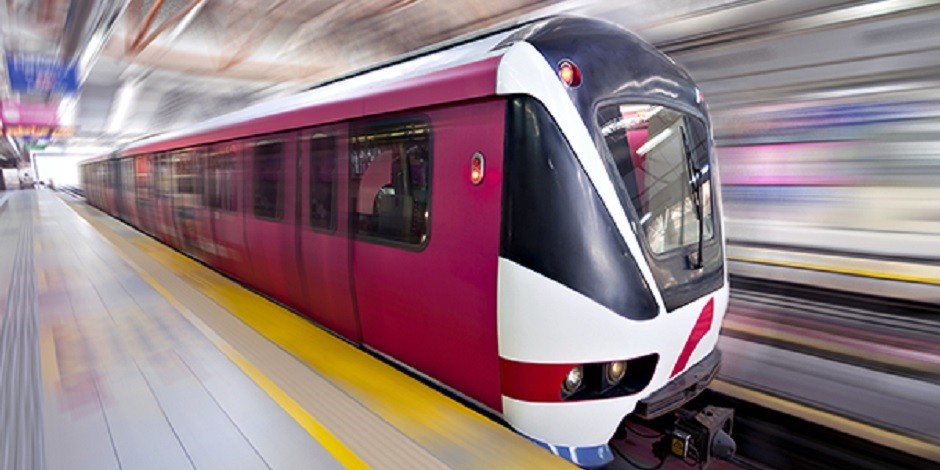News & Articles Rail projects hedged against currency fluctuations
Rail projects hedged against currency fluctuations
2 Sep 2015

The weak ringgit has minimal impact on on-going and future rail development projects as the contractors had hedged the costs of the materials against the foreign exchange fluctuations.
Construction Industry Development Board chief executive Datuk Seri Judin Abdul Karim said rail equipment, which was usually imported and in US dollar, would impact the buying ability if the ringgit were to decline further.
However, most of the parts were also assembled locally, he said. “On the converse, most of the work done for the rail construction are civil works involving local materials.
“This had also cushioned the impact and as such it is important to localise as much as possible,” he said after officiating the third edition of Rail Business Asia 2015 here today.
With more railway construction coming on board in the 11th Malaysia Plan, Judin said local players must improve the capacity and capabilities in the construction business.
The players were expected to be more heavily involved in the construction of Mass Rail Transit Sungai Buloh-Serdang-Putrajaya Line and Light Rail Transit Line Three and North-South double-tracking in the coming years, he said.
“After all these (railway projects), there will be a lot of maintenance works. Therefore the companies and locals must be able to do these (maintenance) works.”
Judin said the impact of high-speed rail was always positive for the countries, as shown in most developed countries, where it helped generate the cities in between and was also healthy for social economic development.
Meanwhile, Land Public Transport Commission (SPAD) chief development officer Dr Prodyut Dutt said the Malaysia-Singapore high-speed train project was estimated to be completed by 2022.
“Both countries are still in the preliminary studies and in the midst of consultation and there is much more to be done before the tendering process.
“We foresee the works for the project will take about five years and if worked backwards, it should be announced by 2017.”
On the project cost, Dutt said, until the tenders were done, SPAD would not be able to give an estimate.
Construction Industry Development Board chief executive Datuk Seri Judin Abdul Karim said rail equipment, which was usually imported and in US dollar, would impact the buying ability if the ringgit were to decline further.
However, most of the parts were also assembled locally, he said. “On the converse, most of the work done for the rail construction are civil works involving local materials.
“This had also cushioned the impact and as such it is important to localise as much as possible,” he said after officiating the third edition of Rail Business Asia 2015 here today.
With more railway construction coming on board in the 11th Malaysia Plan, Judin said local players must improve the capacity and capabilities in the construction business.
The players were expected to be more heavily involved in the construction of Mass Rail Transit Sungai Buloh-Serdang-Putrajaya Line and Light Rail Transit Line Three and North-South double-tracking in the coming years, he said.
“After all these (railway projects), there will be a lot of maintenance works. Therefore the companies and locals must be able to do these (maintenance) works.”
Judin said the impact of high-speed rail was always positive for the countries, as shown in most developed countries, where it helped generate the cities in between and was also healthy for social economic development.
Meanwhile, Land Public Transport Commission (SPAD) chief development officer Dr Prodyut Dutt said the Malaysia-Singapore high-speed train project was estimated to be completed by 2022.
“Both countries are still in the preliminary studies and in the midst of consultation and there is much more to be done before the tendering process.
“We foresee the works for the project will take about five years and if worked backwards, it should be announced by 2017.”
On the project cost, Dutt said, until the tenders were done, SPAD would not be able to give an estimate.
Source: The Rakyat Post
Latest Posts
-
November Auction Carnival 2025 Returns — Nearly 600 Properties Up for Grabs!
-
SkyWorld raih emas pertama di Anugerah ESG The Edge Malaysia 2025
-
NCM Co Celebrates 38 Years of Auction Excellence with 8 Hours of Non-Stop Property and Vehicle Bidding at the July Auction Carnival 2025
-
Celebrating 38 Years of Auction Excellence with Over 700 Units Up for Grabs at July Auction Carnival 2025
-
Strata Sense: Demystifying strata living